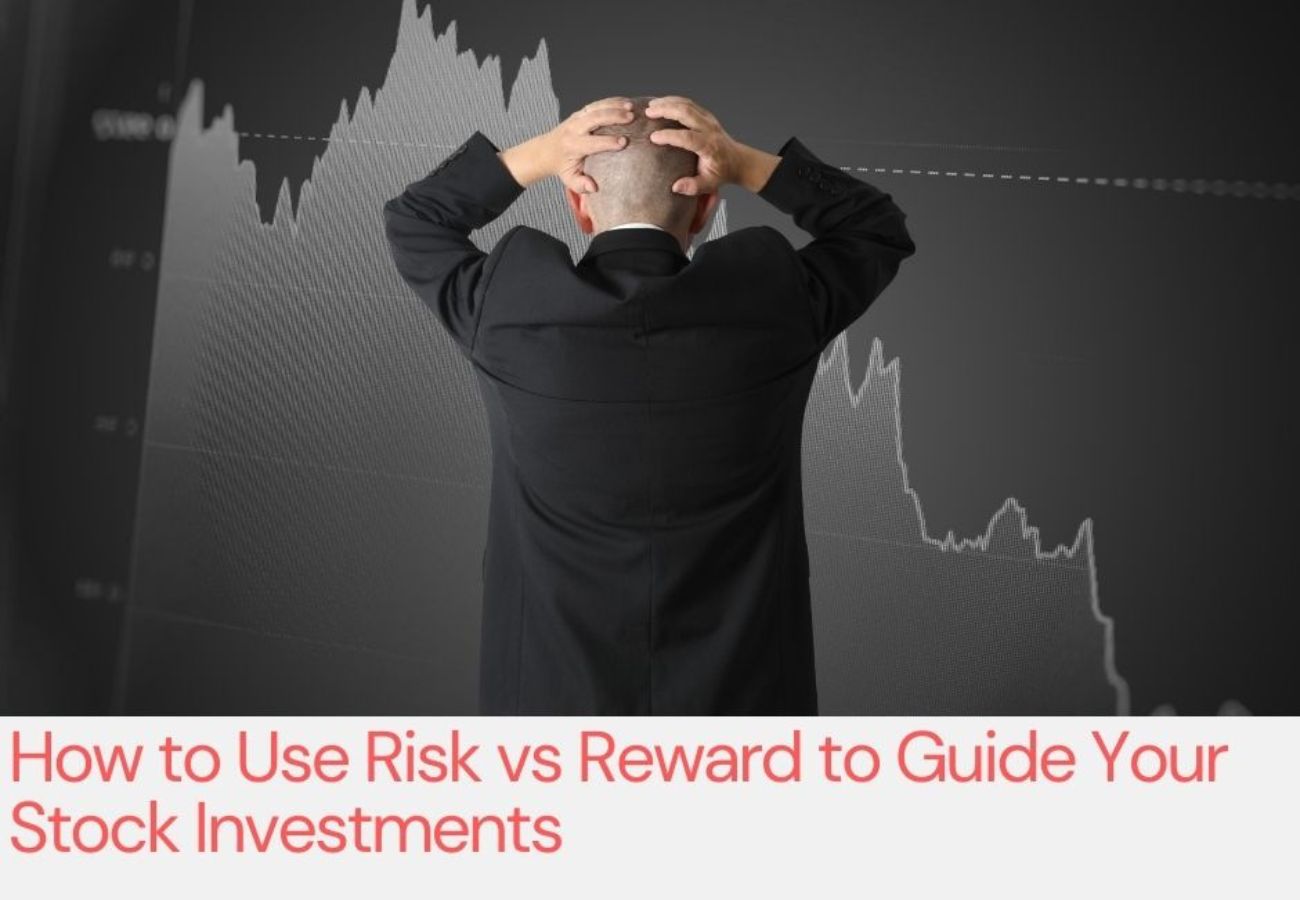How to Use Risk vs Reward to Guide Your Stock Investments
Introduction: When investing in stocks, one of the most critical concepts to grasp is the relationship between risk and reward. This principle dictates that the potential return on investment is often tied to the level of risk involved. Let’s explore this concept through a couple of hypothetical stock examples.
Balancing Risk and RewardInvesting in StocksUnderstanding the Risk-Reward RatioRisk vs. Reward |
||
Stock 1 vs. Stock 2: A Basic Comparison |
||
| Imagine you have two stocks, both expected to yield a 10% return over the next three months. However, Stock 1 has a lower risk of falling—only 2%—compared to Stock 2, which has a 5% risk of decline. Naturally, most investors would lean towards Stock 1, as it offers the same return with less downside risk. This choice reflects a common investment strategy: minimizing risk while aiming for the same level of reward.
But what happens when the risk profiles change? |
||
Re-evaluating with Different Expected Returns |
||
| Let’s consider another scenario where both stocks have the same risk of falling, 5%, but Stock 2 now offers a 10% return, which is double that of Stock 1. In this case, despite the identical risk levels, Stock 2 becomes the preferred investment due to its higher potential reward. This example illustrates the fundamental trade-off between risk and reward: investors must balance the potential for higher returns against the possibility of greater losses. | ||
The Risk vs. Reward Chart |
||
| Visualizing this trade-off can be helpful. Imagine a chart with risk plotted on the x-axis and reward on the y-axis. A 45-degree line through the chart represents an ideal balance of risk and reward. Stocks that fall above this line offer better rewards relative to their risks, while those below the line carry higher risks without sufficient compensation in returns. As investors, we aim to select stocks that lie above this line, avoiding those with disproportionate risks relative to their rewards. | ||
Practical Example: Analyzing Stocks with Risk vs. Reward |
||
| Let’s take a practical approach by examining three different stocks, and analyzing their potential risks and rewards. | ||
Stock 1: A Hypothetical Finance Company |
||
Reward Potential |
Risk Assessment |
Risk vs. Reward |
| The stock previously hit a high of $395 but is now trading at $329. If it returns to its high, there’s a potential upside of 16.5%. | The stock recently dropped to a low of $307, suggesting a possible downside risk of 7%. | With a reward of 16.5% against a risk of 7%, this stock presents a favorable risk-reward ratio, though further fundamental analysis is needed. |
Stock 2: A Hypothetical Bank |
||
Reward Potential |
Risk Assessment |
Risk vs. Reward |
| Trading at $240, the stock could rise to its previous high of $300, offering an 18% upside. | The stock could fall to a recent low of $231, implying a 5% downside. | Here, the risk-reward ratio is around 1:3.6, making it an attractive investment, provided the fundamentals are strong. |
Stock 3: A Hypothetical Tech Company |
||
Reward Potential |
Risk Assessment |
Risk vs. Reward |
| The stock, trading at $938, might climb back to its high of $1200, indicating a 22% upside. | It could drop to a low of $816, representing a 14% downside. | With a higher risk of 14% but a potential reward of 22%, this stock is riskier but might be suitable for investors with a higher risk tolerance. |
Conclusion
The concept of risk vs. reward is essential in stock investment decisions. By carefully analyzing the potential risks and rewards, investors can make more informed choices, balancing the desire for high returns with the need to protect capital. Always remember that no investment is without risk, and thorough research, including both technical and fundamental analysis, is crucial before making any investment decision.
Market Movements and Investment StrategiesHow To Analyze Stocks, Use Technical Indicators |


1 thought on “How to Use Risk vs Reward to Guide Your Stock Investments”